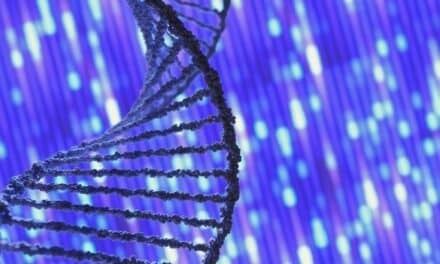Strand Life Sciences, Bengaluru, India, has announced the release of the latest version of its bioinformatics flagship product, Strand NGS. Two major feature sets in Strand NGS v3.1 address recent challenges in next-generation sequencing (NGS).
The first feature set is for large-scale RNA-seq data analysis. Current cross-cohort RNA- and small-RNA-seq studies span tens of replicates and batches across hundreds of samples, sometimes conducted across several different institutions. For such studies, Strand NGS v3.1 includes confounding variable analysis to eliminate technical effects, including batch effects; the t-SNE plot; profile and heat-map plots of gene-body coverage; and several other notable visual enhancements.
The second new feature set provides support for unique molecular identifiers (UMIs) for DNA-, RNA-, and small-RNA-seq. UMI support in Strand NGS v3.1 is end-to-end, spanning alignment to variant calling in DNA-seq, and alignment to quantification in RNA- and small-RNA-seq. The UMI protocols of Bioo Scientific, Qiagen, and Rubicon are natively supported, and an intuitive interface allows the specification of custom UMI protocols.
“For liquid biopsies and low-grade FFPE samples, UMI support in DNA-seq enables the detection of somatic variants at low concentrations,” says Vamsi Veeramachaneni, PhD, chief scientific officer at Strand Life Sciences. “In RNA-seq, large-scale and UMI support can be used in single cell-based studies that reveal tumor-cell heterogeneity, even at low concentrations.”
“At Strand, we are continuously working towards improving the accuracy and efficiency of NGS data analysis,” says Ramesh Hariharan, PhD, CEO at Strand Life Sciences. “Customers can look forward to Strand NGS becoming available on the Cloud in the near future.”
For more information, visit Strand Life Sciences.







